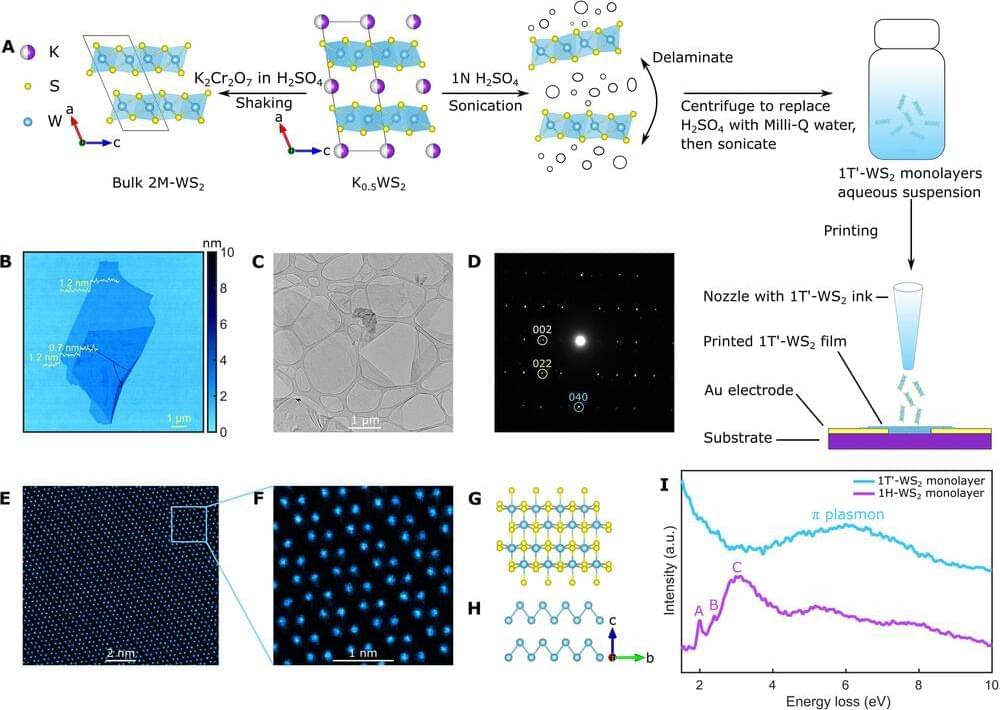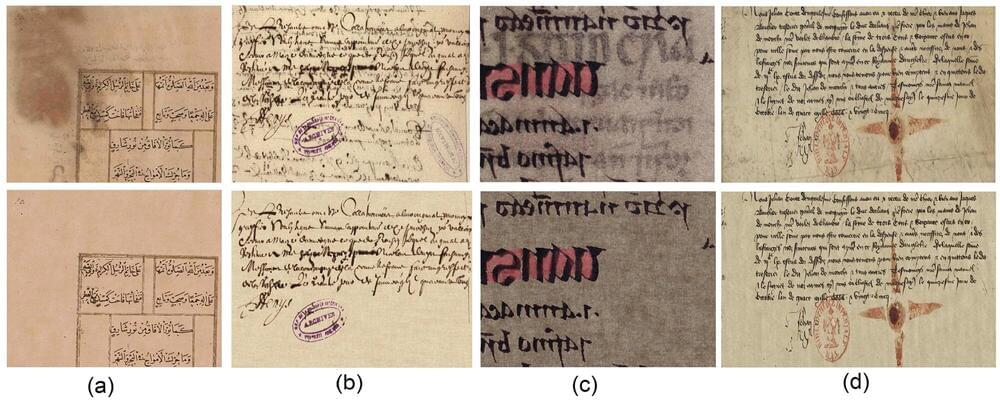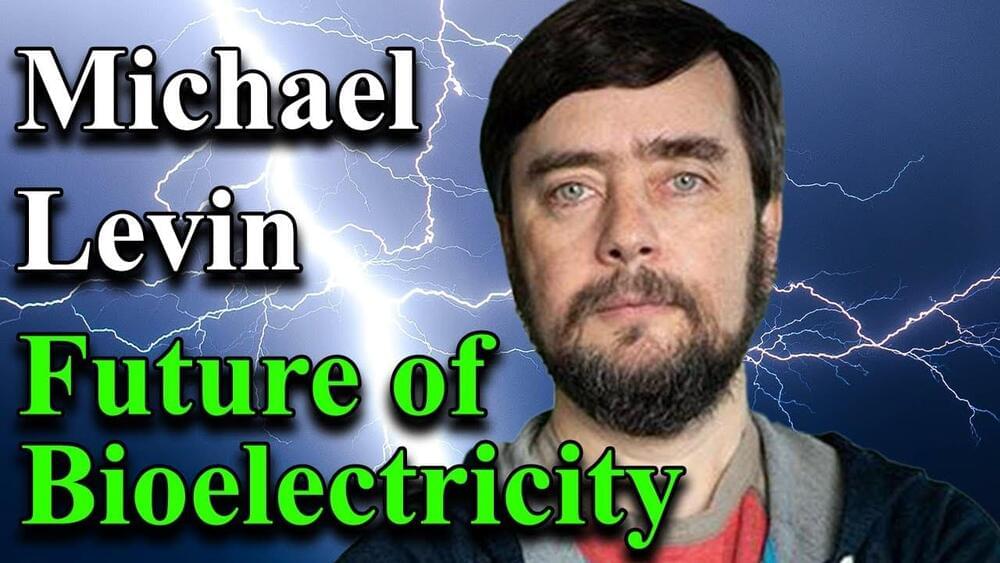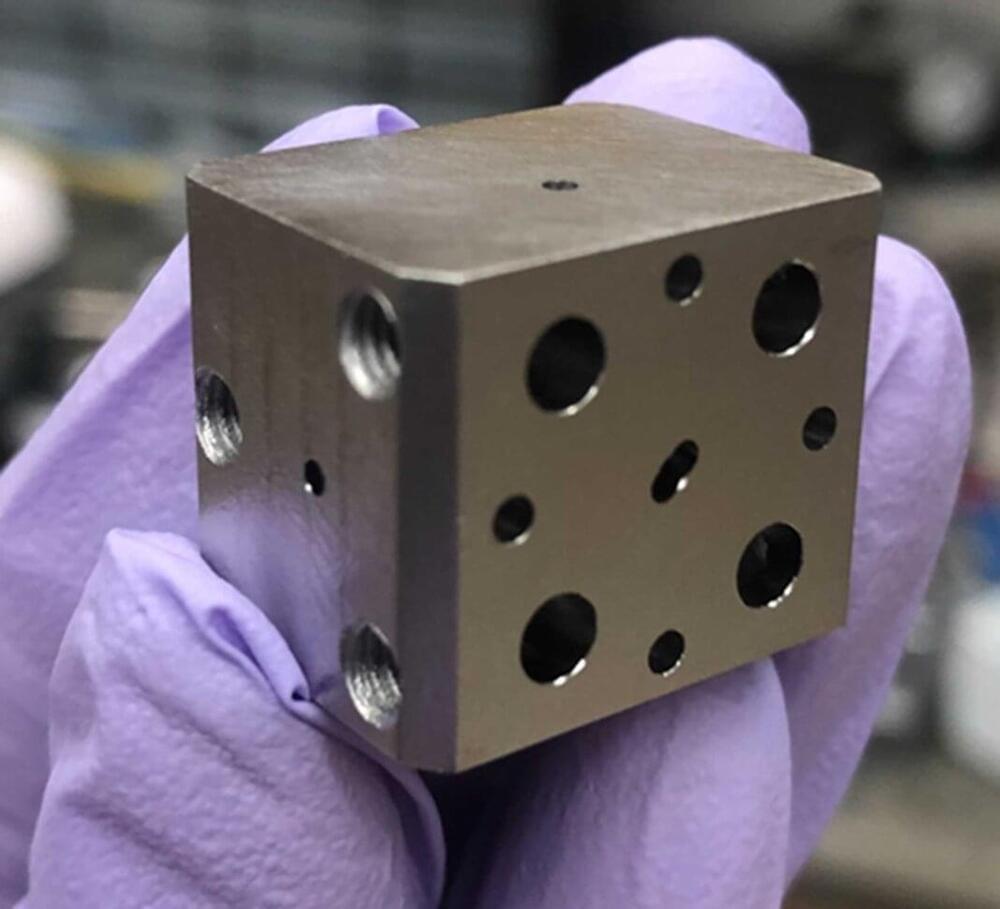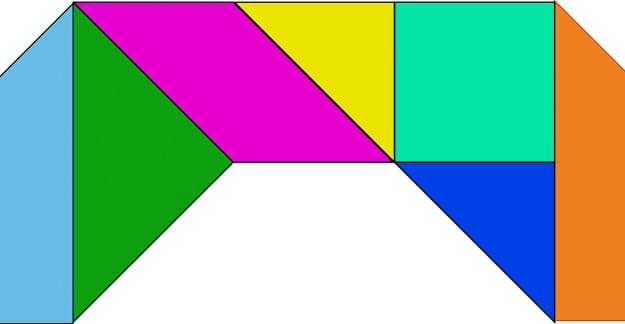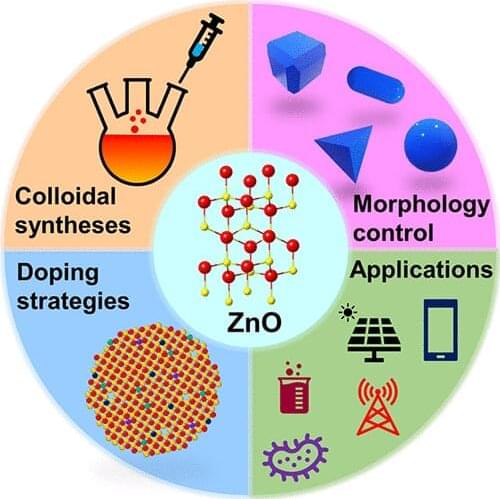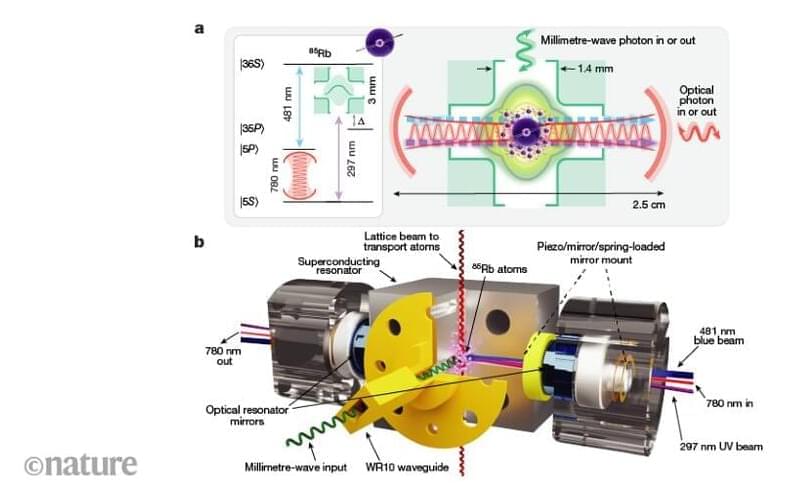Mar 25, 2023
Using chemical exfoliation to produce superconducting tungsten disulfide ink
Posted by Dan Breeden in categories: chemistry, computing, quantum physics
A team of chemists, engineers, material scientists and physicists from Princeton University, Rutgers University and the University of Regensburg has developed a chemical exfoliation technique to produce single-molecule-thick tungsten disulfide ink. The group describes their technique in a paper published in the journal Science Advances.
As research continues into the creation of truly useful quantum computers, scientists continue to search for new materials that could support such machines. In this new effort, the research team looked into finding ways to print very cold circuits inside quantum computers using superconducting ink.
The new method involved a material consisting of layers of tungsten disulfide and potassium. The researchers exfoliated the material by dunking it into a sulfuric acid solution. This dissolved the potassium and left behind single-molecule layers of tungsten disulfide. The final step involved rinsing the acid and remnants in it, leaving the layers of tungsten suspended in a tub of water. In this state, the researchers found that the layers of tungsten disulfide could be used as a form of ink that could be printed onto various types of surfaces, such as plastic, silicon or glass. This left a one-molecule-thick coating on the material.
